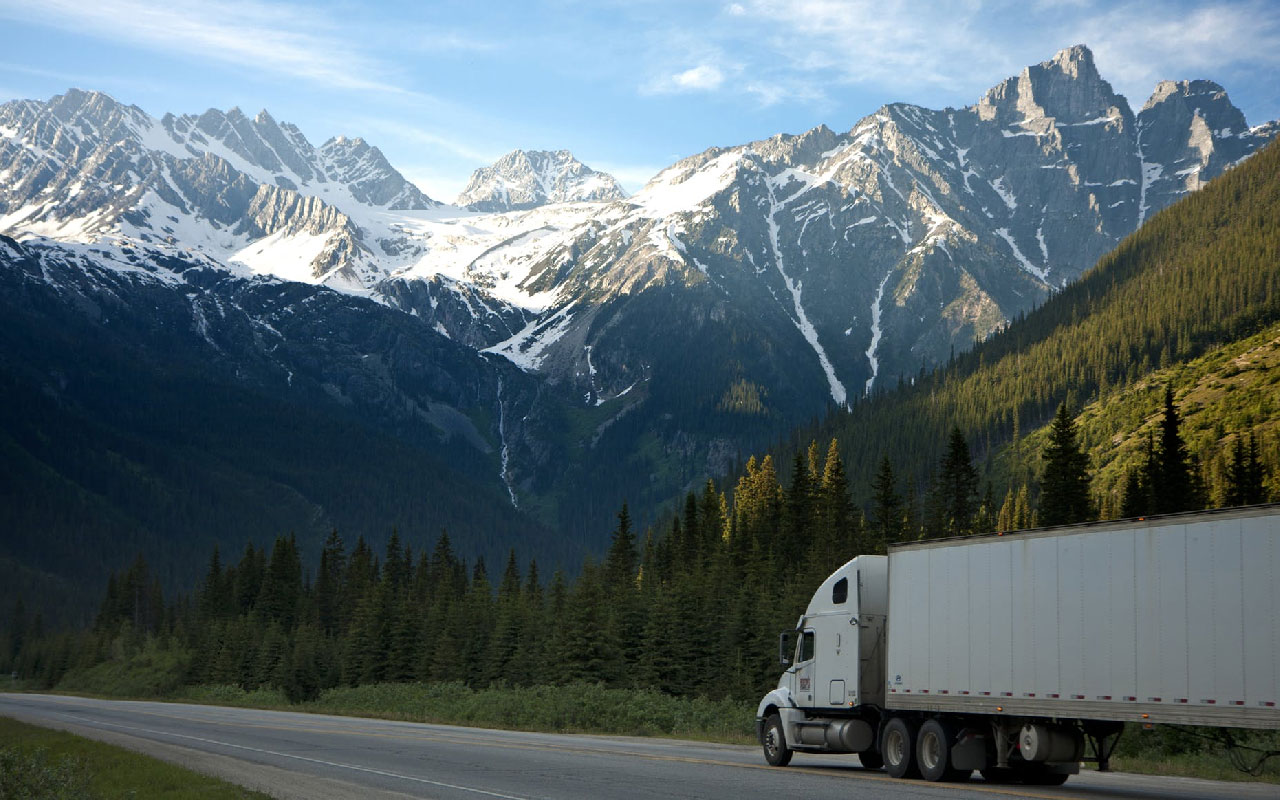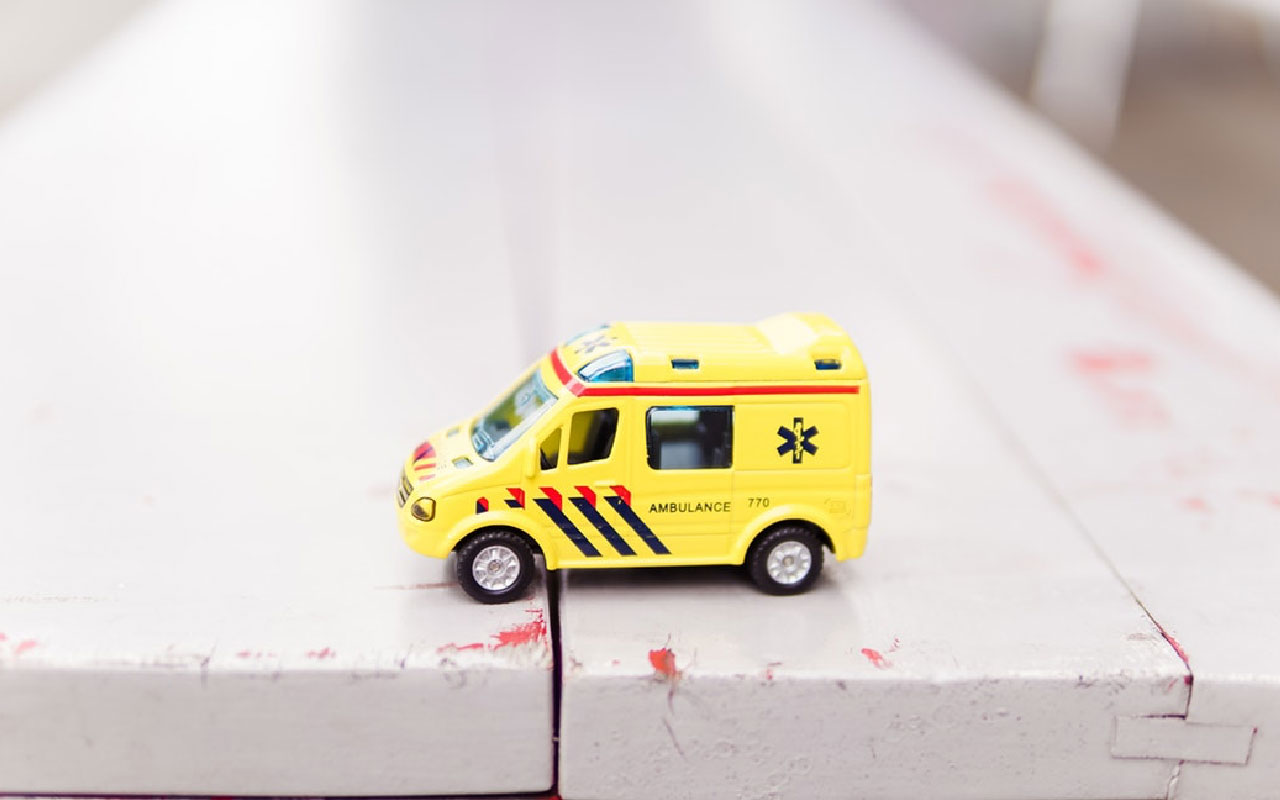Fleet Management and the Internet of Things

Agustin, Ubidots CEO, recently participated in an interview by Waytek,a large supplier of high-quality electrical components. He answered a few questions about how fleet managers should be taking advantage of IoT technology to solve problems and find efficiencies. You can find the original article in this link. Here’s what he had to say:
How did you become involved in the Internet of Things?
In college, eight years ago, I had the chance to work on a remote sensing project, even though I didn’t know what the term Internet of Things meant at that time. Our task was to automate a biochemical measurement using computer vision. This was part of a European project to bring remote sensing applications to the International Space Station, so it was really powerful at the time, but it became even more powerful as I started my professional career and realized that automating data collection had the potential to disrupt almost any industry.
After graduating and spending a few years as an engineer out in the field, I founded Ubidots, where we provide tools to create Internet of Things projects.
What are the most interesting or innovative ways you’re observing IoT being used today?
I personally like the applications that have an impact across an entire value chain, that is, the ones that not only involve the company where the IoT project is done, but also its providers, customers or even the government. An example is pre-hospital emergency care, where ambulances, hospitals, and emergency agencies have a shared and live view of their location, resources and status. This way, when an emergency is reported, the operator can match the closest ambulance to the closest hospital, minimizing the response time -and helping save lives.
What do you think surprises most people about the IoT today?
People get closer to what they can buy directly as consumers, which is why Home Automation products have taken the lead in impacting people’s lives. Smart thermostats, gadgets to control your home appliances or save energy – these are all examples of tangible benefits provided by IoT.
Why should fleet managers – whether they’re in agriculture, trucking or boating – consider using sensor data to improve performance?
Beyond the obvious benefits of asset tracking – taking care of valuable things – there’s a lot of room for optimizations when not only the assets but also a whole process is measured.
For example, tracking the location of a shipment is OK, but it’s even more interesting to combine the location of the whole fleet with third-party data to optimize routes, plan deliveries or inform the customer an exact time of arrival and trip conditions like maximal acceleration, orientation of goods or the temperature of a container.
What do they need to get started collecting this information?
Although IoT became a huge topic, it is really just a term to describe a set of technologies, and technology is mostly about finding a problem and solving it. Fleet managers should start by describing in detail what problem they want to solve, what key metrics affect it, and then find a tech partner to help them come up with a technology solution to directly or indirectly measure those metrics.
How have you observed vehicle fleets using IoT technology?
I’ve come across projects for live location reporting, measuring conditions of carried goods, using internal cameras to see if the driver is awake, or fuel meters inside the tanks to detect fuel theft.
How is it being used in agriculture today?
The first driver for IoT in agriculture has been optimizing water usage; measuring soil humidity to make sure the plant gets enough water, but no more than needed is a very interesting application.
But then farmers have gone further to include other variables like meteorological data (wind speed, humidity, rain), PH and ORP in plants, or sensor data from the tractor, allowing them to do more than just irrigation plans; they can also estimate the probability of a specific pest based on humidity conditions, combine external data to forecast the best time to use fertilizers, measure fruit growth remotely to save time for their staff, etc.
What areas do you think this technology would be most useful to fleet owners?
I think being able to share live information with providers and customers through a systematic interface (API) can make fleet processes simpler, reducing the required staff for logistics and increasing the overall security.
What do you think the future looks like for how boats, trucks or agriculture equipment might use the IoT?
We can expect an increase in the amount of information being collected and sent to the cloud for further processing. It won’t be just GPS and temperature data, but also live video and engine metrics – at millisecond intervals.
Finally, new network technologies like LoRa, a special type of low power network, will enable companies to set up their own IoT networks, bringing communication costs even lower and enabling more applications.



